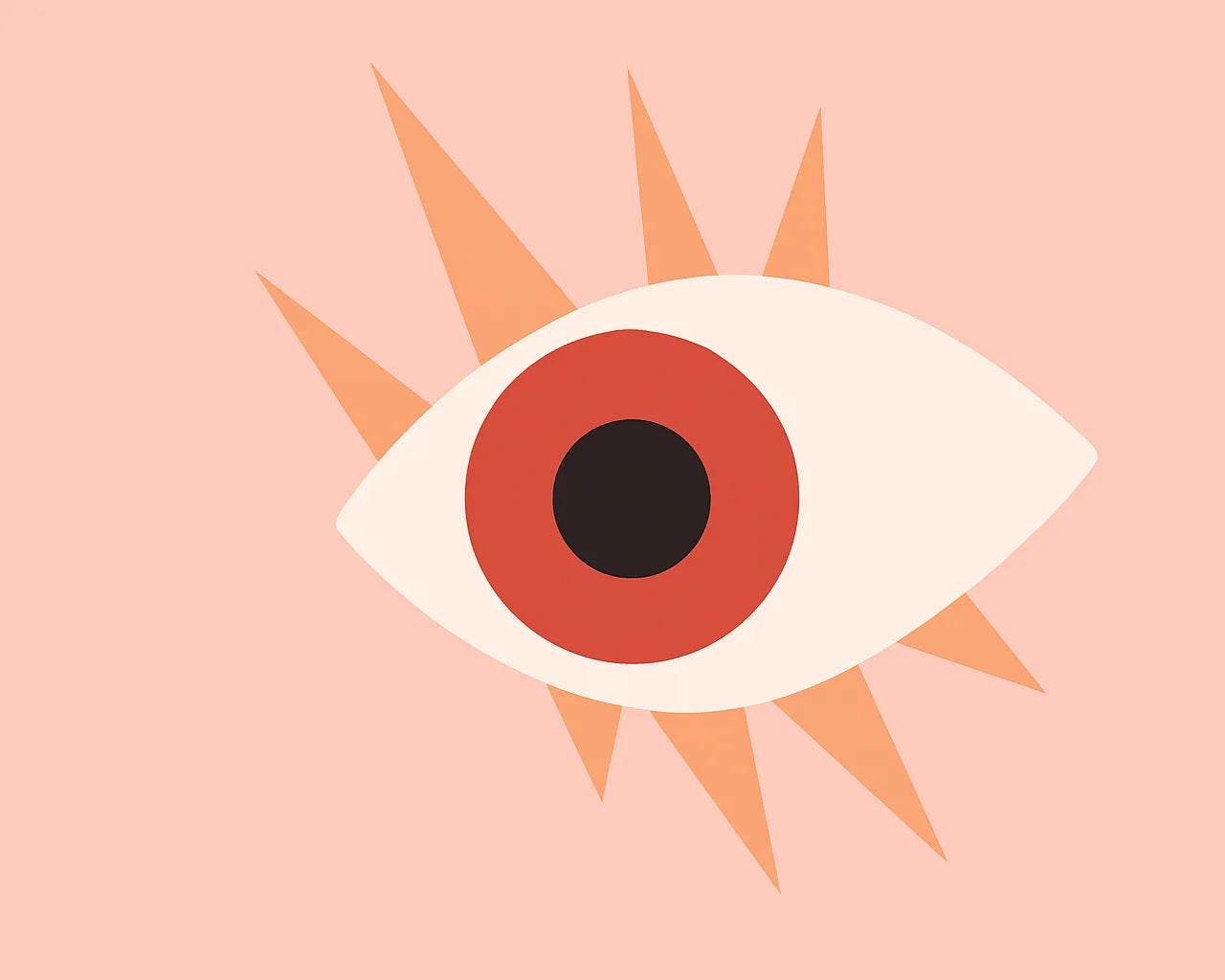Pigment Dispersion Syndrome

Pigment Dispersion Syndrome (PDS) is an eye condition in which pigment granules from the back of the iris are released into the eye’s aqueous humor. These particles can accumulate in the drainage angle, potentially increasing intraocular pressure and leading to pigmentary glaucoma.
PDS is more common in younger, nearsighted individuals and often affects both eyes. While it may be asymptomatic, some patients report blurred vision, halos, or eye discomfort after exercise. Regular monitoring is crucial, and treatment may include eye pressure-lowering medications or laser therapy to prevent progression to glaucoma.
What Is Pigment Dispersion Syndrome?
Pigment Dispersion Syndrome (PDS) is an eye condition in which pigment granules, which normally adhere to the back surface of the iris, break free and disperse within the eye. These granules can accumulate in various structures, particularly the trabecular meshwork—the eye’s drainage system—leading to elevated intraocular pressure (IOP). Over time, PDS can progress to a more serious condition known as pigmentary glaucoma.
What Are the Risk Factors of PDS?
Pigment dispersion is more common in 20 to 50 year old caucasian males and those with myopia (nearsightedness). Females with PDS are usually older and it is associated with retinal detachment in 5% of cases and lattice degeneration in 20% of cases.
What Are Symptoms of Pigment Dispersion Syndrome?
Many individuals with PDS are asymptomatic and unaware of the condition until it is detected during a routine eye exam. When symptoms do occur, they may include:
-
Blurred vision
-
Halos around lights
-
Eye discomfort or pain, especially after exercise
-
Intermittent episodes of elevated intraocular pressure
-
Floaters or visual disturbances
These symptoms typically correspond to pigment release episodes, which may be triggered by physical activity or pupil dilation.
How is PDS Treated?
Treatment for PDS focuses on managing intraocular pressure and preventing progression to glaucoma. Options include:
Lifestyle modifications, such as avoiding high-impact activities that may trigger pigment release, can also be beneficial.


